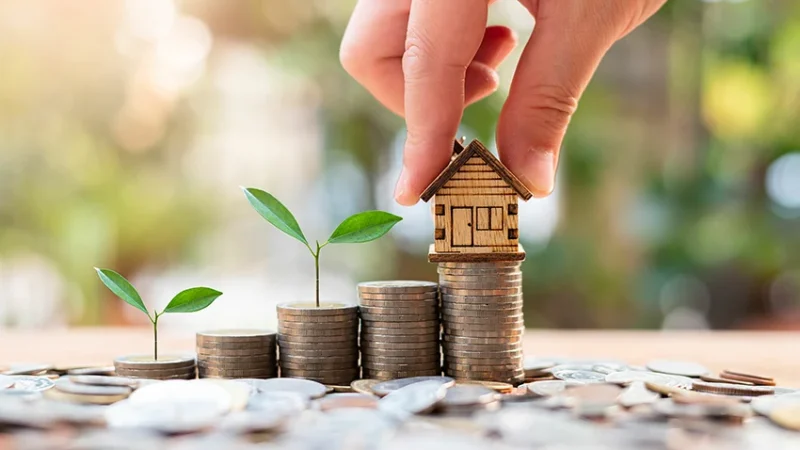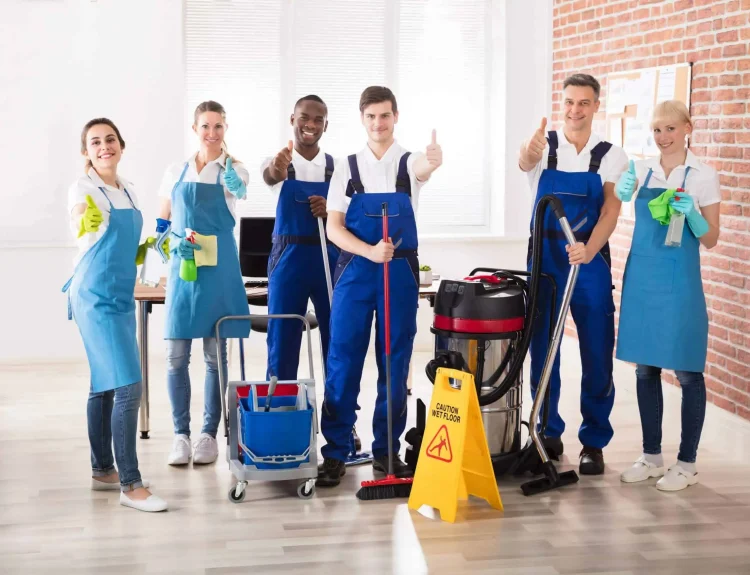Both homes and companies can suffer greatly from water damage, which can disrupt everyday operations and result in expensive repairs. From burst pipes to natural disasters, the sources of water damage are diverse and often unexpected. However, with proactive measures and proper maintenance, many instances of water damage can be prevented or minimized. This comprehensive guide explores effective strategies and preventive measures that homeowners and property managers can implement to safeguard their properties against water damage.
Knowing About Water Damage
Before diving into preventive measures, it’s crucial to understand the potential sources and types of water damage that properties may face. There are several potential causes of water damage, including:
Plumbing Issues: Burst pipes, leaking faucets, and faulty plumbing connections are common causes of water damage inside homes.
Weather And Natural Disasters: Heavy rain, hurricanes, floods, and snowmelt can lead to water intrusion and flooding.
Appliance Failures: Water heaters, freezers, dishwashers, and washing machines that malfunction can leak and seriously damage surrounding water supplies.
Roof Leaks: Inadequately maintained or damaged roofs can let water penetrate into the walls and attic, resulting in mold growth and structural damage.
Poor Drainage: Clogged gutters, inadequate slope grading around the foundation, and blocked storm drains can lead to water pooling around the property.
Proactive Measures For Water Damage Prevention
Implementing regular maintenance inspections, upgrading plumbing systems, and educating residents are crucial steps to mitigate water damage effectively.
Regular Maintenance Inspections
Frequent inspections are necessary to spot possible problems early on and take appropriate action before they become serious ones. Key areas to inspect include:
Plumbing System: Check for leaks, corrosion, and signs of water stains around pipes and fixtures. Replace worn-out hoses and fittings on appliances regularly.
Roof: Examine the roof for signs of deterioration, cracked flashing, and missing or broken shingles. Ensure proper sealing around chimneys and vents.
Gutters And Downspouts: Gutter and downspout cleaning should be done at least twice a year to remove any blockages that can allow water to overflow and harm the roof, siding, and foundation.
Basement And Foundation: Regularly inspect basement walls and foundation for cracks, moisture, and signs of water intrusion. Seal any cracks and ensure proper drainage away from the foundation.
Upgrade And Maintain Plumbing Systems
Investing in quality plumbing materials and fixtures can significantly reduce the risk of water damage. Consider the following upgrades and maintenance tips:
Install Leak Detection Devices: Use smart water sensors and leak detection systems that can alert you to potential leaks and shut off the water supply automatically.
Insulate Pipes: In order to keep exposed pipes from freezing and bursting during the winter, insulation is especially important in cold climates.
Pressure Regulator Valve: Install a pressure regulator valve to maintain stable water pressure and reduce the risk of burst pipes.
Protect Against Flooding And Storm Damage
Even while some situations involving water damage are unpredictably occurring, you can take proactive measures to lessen their effects:
Elevate Electrical Systems: Raising switches, outlets, and wiring at least 12 inches above the anticipated flood level will reduce the possibility of electrical risks during floods.
Sump Pump Installation: Put a sump pump on the lowest floor of the house or the basement to drain excess water and stop flooding.
Flood Barriers And Sandbags: Keep flood barriers, sandbags, or flood shields on hand to create barriers and redirect water away from vulnerable areas during heavy rains or flooding.
Educate And Prepare Residents Or Tenants
Effective communication and preparedness can make a significant difference in mitigating water damage risks:
Create An Emergency Plan: Create and distribute an emergency plan that outlines how to turn off the utilities and evacuate the property in the event of a water-related incident.
Tenant Education: Educate tenants or residents about their responsibilities in preventing water damage, such as reporting leaks promptly and avoiding improper use of plumbing fixtures.
Invest In Comprehensive Insurance Coverage
Despite taking proactive measures, it’s essential to have adequate insurance coverage to protect against unexpected water damage incidents. Make sure your insurance policy covers different kinds of water damage by frequently reviewing it, and think about adding endorsements for certain hazards like flooding or sewage backups.
Conclusion
Preventing water damage requires a proactive approach that combines regular maintenance, strategic upgrades, and preparedness measures. By investing time and resources into preventive strategies, homeowners and property managers can minimize the risk of water damage and its costly consequences. Whether through routine inspections, upgrading plumbing systems, or educating residents, every proactive step taken contributes to safeguarding properties against the threat of water damage.
Implementing these proactive measures not only protects the physical structure of your property but also enhances its resilience against unforeseen water-related challenges. You may secure the long-term safety and integrity of your house or place of business and greatly lower the chance of suffering water damage by taking preventative measures and exercising caution.









